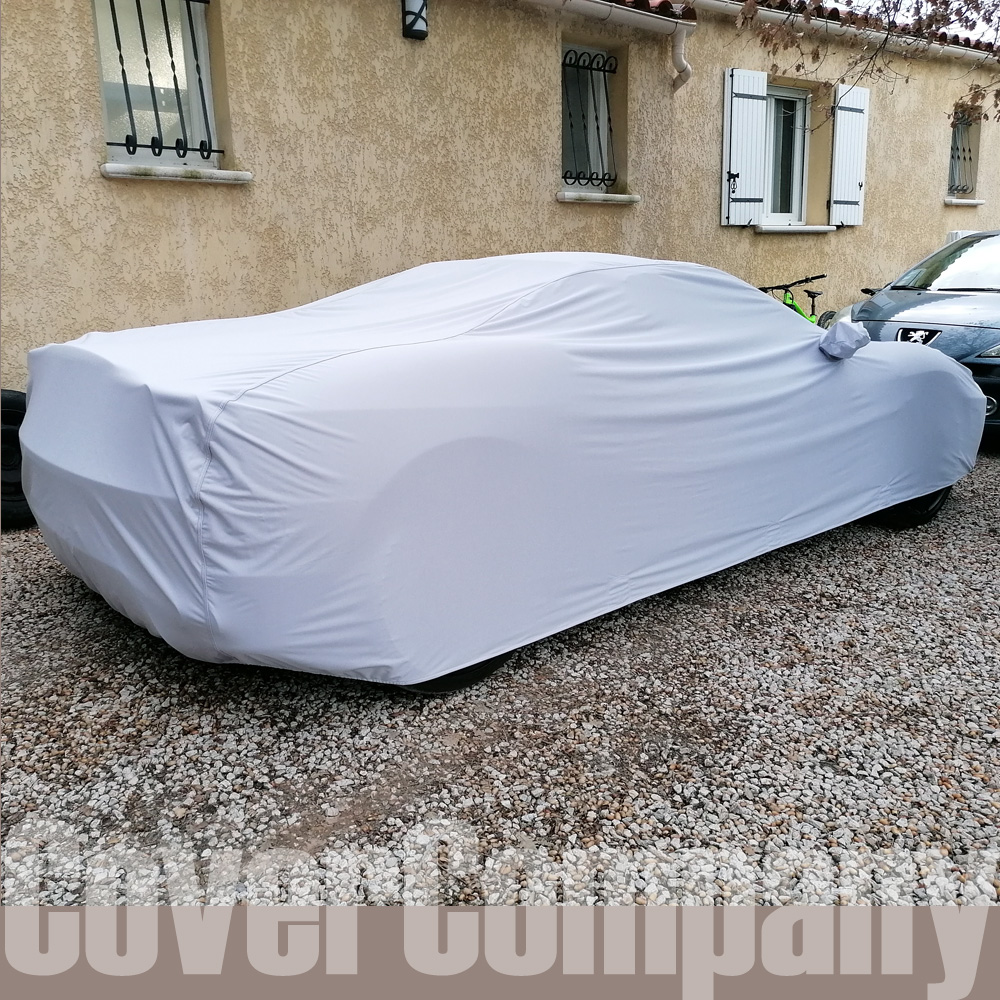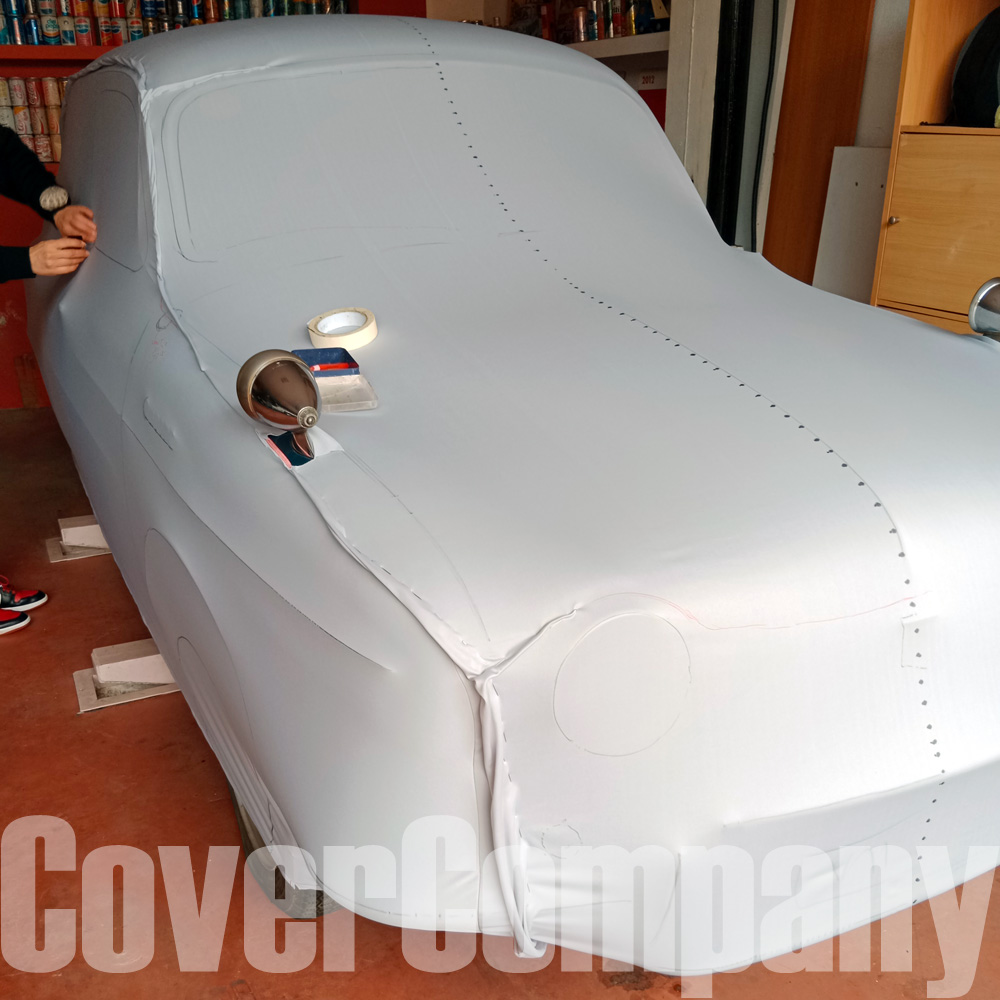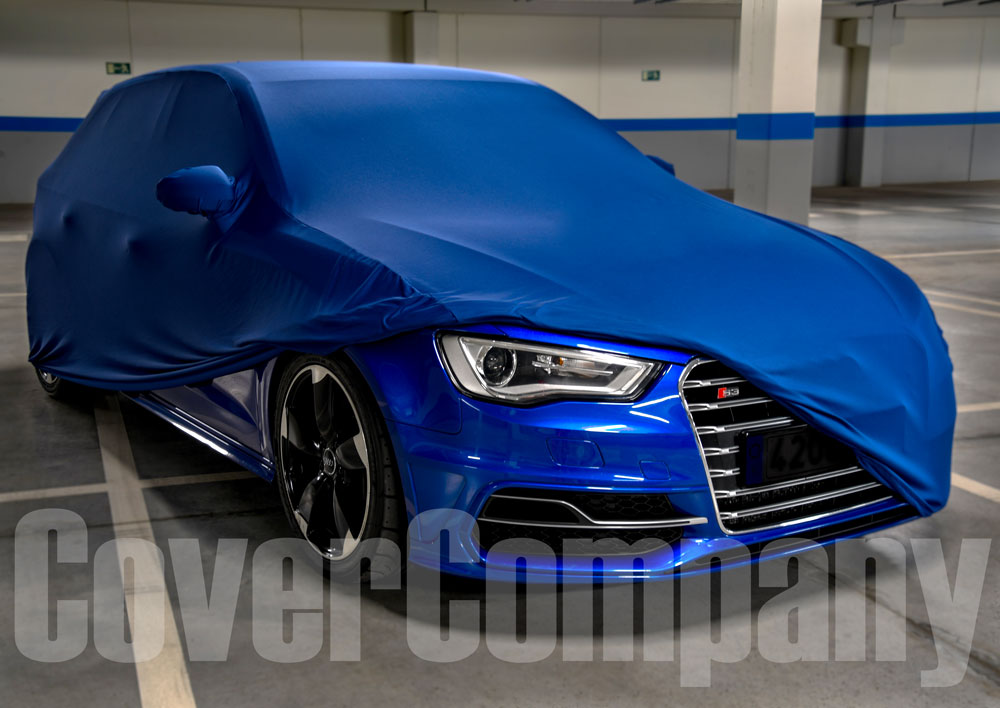Shop now.Pay it in 4.

Clearpay is unregulated credit.
Use responsibly.T&Cs & late fees
apply at clearpay.co.uk/terms
Car Care
-
15 FebRead more »
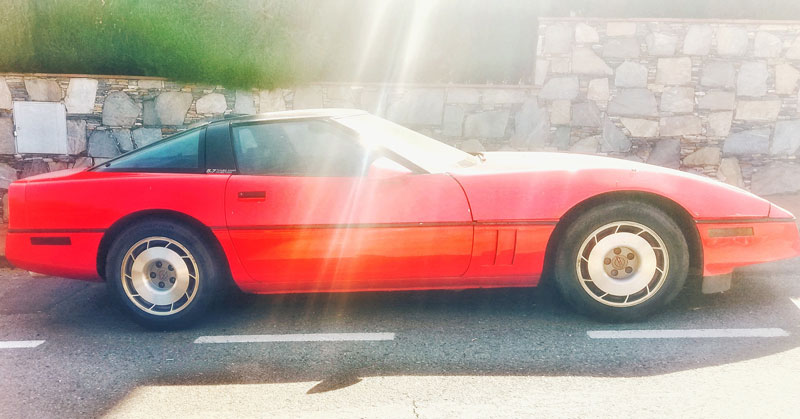 UV rays are a type of electromagnetic radiation that comes from the sun. This radiation is what causes sunburns and skin damage, and it can also cause harm to the paint and interior of your car.
UV rays are a type of electromagnetic radiation that comes from the sun. This radiation is what causes sunburns and skin damage, and it can also cause harm to the paint and interior of your car.When UV rays are allowed to penetrate the clear coat on a car's paint, they can cause the pigments in the paint to fade and the clear coat to become brittle and start to break down. Over time, this can cause the paint to look dull, and in some cases, it can lead to chipping and peeling.
UV rays can also cause damage to the interior of your car, such as cracking and fading of the dashboard and other plastic parts, as well as the upholstery. This is because the UV rays can cause the materials to become brittle and break down over time.
-
13 FebRead more »
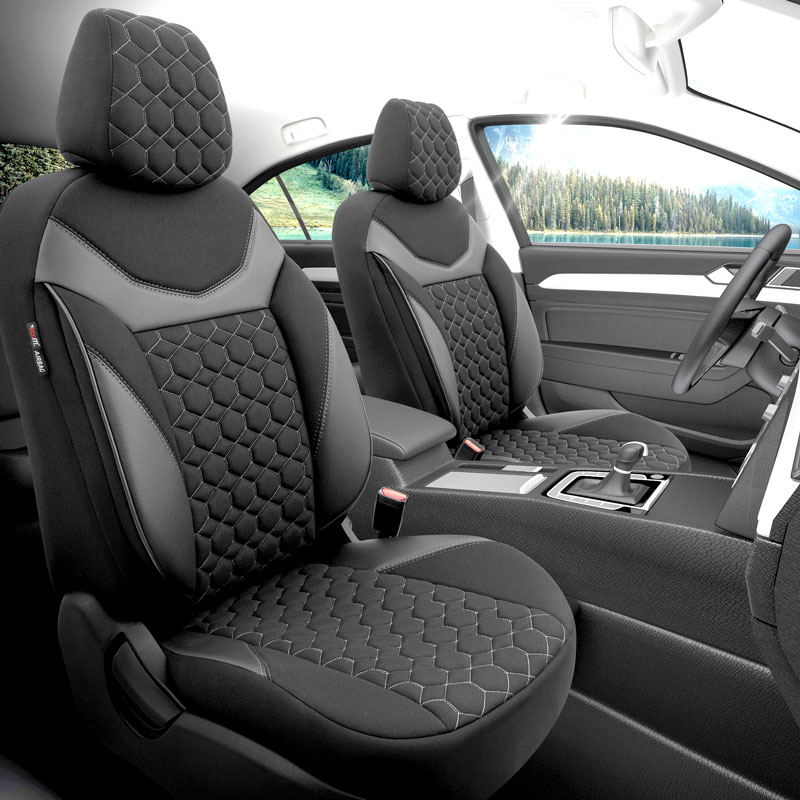 As a parent, you know that having children can bring a lot of joy and excitement into your life. However, it can also bring some challenges, especially when it comes to keeping your car's interior in good condition. With messy spills, scuffs, scratches, and other signs of wear and tear, it can be difficult to keep your car looking its best. In this blog post, we'll explore some practical tips and tricks for protecting your car's interior if you have children. From using seat covers to installing kick mats, we'll provide you with all the information you need to keep your car looking great, no matter how much wear and tear your little ones put it through. So whether you're a new parent or a seasoned pro, read on to learn how to keep your car's interior in top shape.
As a parent, you know that having children can bring a lot of joy and excitement into your life. However, it can also bring some challenges, especially when it comes to keeping your car's interior in good condition. With messy spills, scuffs, scratches, and other signs of wear and tear, it can be difficult to keep your car looking its best. In this blog post, we'll explore some practical tips and tricks for protecting your car's interior if you have children. From using seat covers to installing kick mats, we'll provide you with all the information you need to keep your car looking great, no matter how much wear and tear your little ones put it through. So whether you're a new parent or a seasoned pro, read on to learn how to keep your car's interior in top shape.If you use your car for business purposes, keeping your car's interior in good condition is even more important. Not only does a messy and cluttered car reflect poorly
-
11 FebRead more »
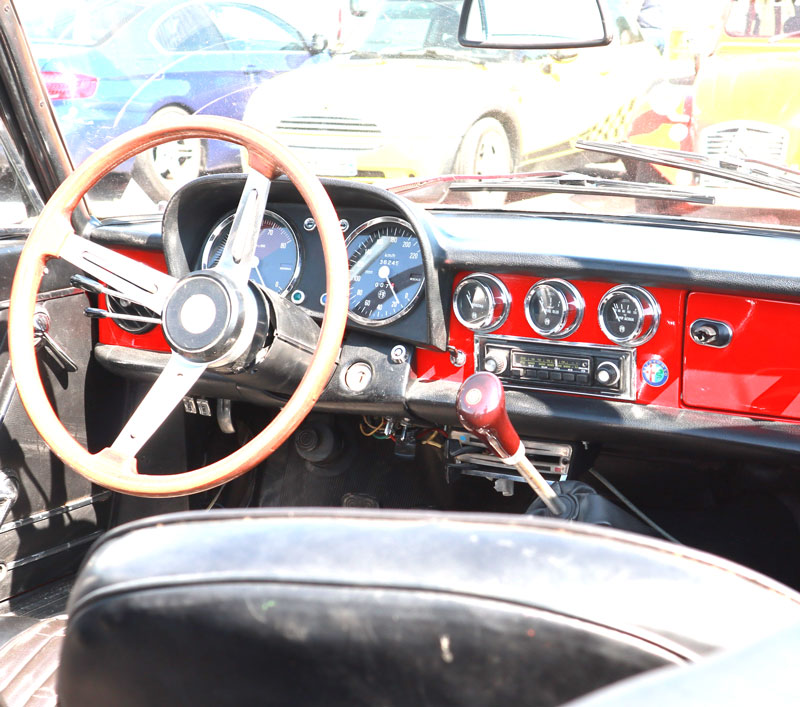 UV rays are a type of electromagnetic radiation that falls in the ultraviolet portion of the electromagnetic spectrum. UV rays are emitted by the sun and can have a damaging impact on various surfaces, including your car. Ultraviolet (UV) rays from the sun can have a damaging effect on the paint job and interior of a car over time.
UV rays are a type of electromagnetic radiation that falls in the ultraviolet portion of the electromagnetic spectrum. UV rays are emitted by the sun and can have a damaging impact on various surfaces, including your car. Ultraviolet (UV) rays from the sun can have a damaging effect on the paint job and interior of a car over time. -
7 FebRead more »
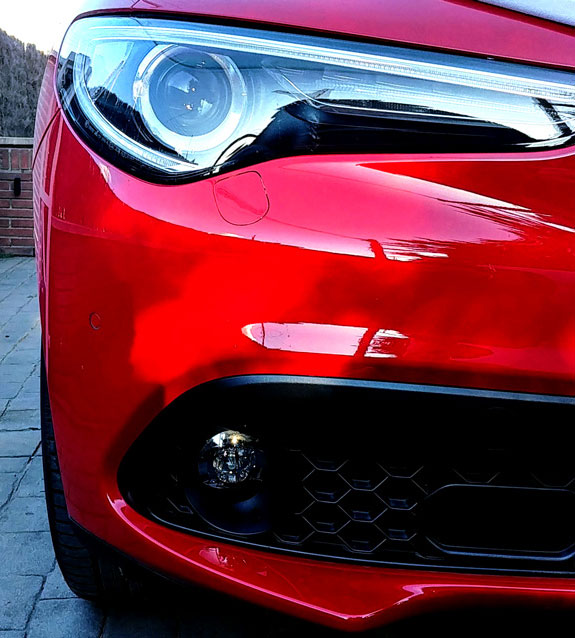 Microscratches on a car's paint can affect its appearance by reducing the shine and overall smoothness of the surface. Over time, these small scratches can accumulate and create a dull or hazy appearance on the paint.
Microscratches on a car's paint can affect its appearance by reducing the shine and overall smoothness of the surface. Over time, these small scratches can accumulate and create a dull or hazy appearance on the paint. The scratches' depth and visibility depend on the damage's severity and the car's colour. For example, light-colored cars often show scratches more easily than dark-colored cars. Additionally, the direction of the scratches can also impact their visibility. Scratches that run parallel to the light source will often reflect light differently and be more noticeable than scratches that are perpendicular to the light source. To maintain the appearance of your car, it is important to avoid causing or worsening any scratches, and to regularly wash and polish the paint.
-
1 FebRead more »
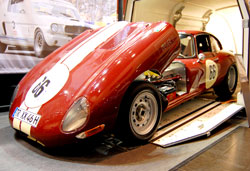 Classic cars are often of significant value, both monetarily and sentimentally. Whether you’re moving to a new city, or simply transporting your car from one location to another for repair or for selling it, it’s important to take all necessary precautions to protect them during transit. Classic cars are often more fragile to transport by truck because they were built with different materials and techniques compared to modern vehicles.
Classic cars are often of significant value, both monetarily and sentimentally. Whether you’re moving to a new city, or simply transporting your car from one location to another for repair or for selling it, it’s important to take all necessary precautions to protect them during transit. Classic cars are often more fragile to transport by truck because they were built with different materials and techniques compared to modern vehicles. -
30 JanRead more »
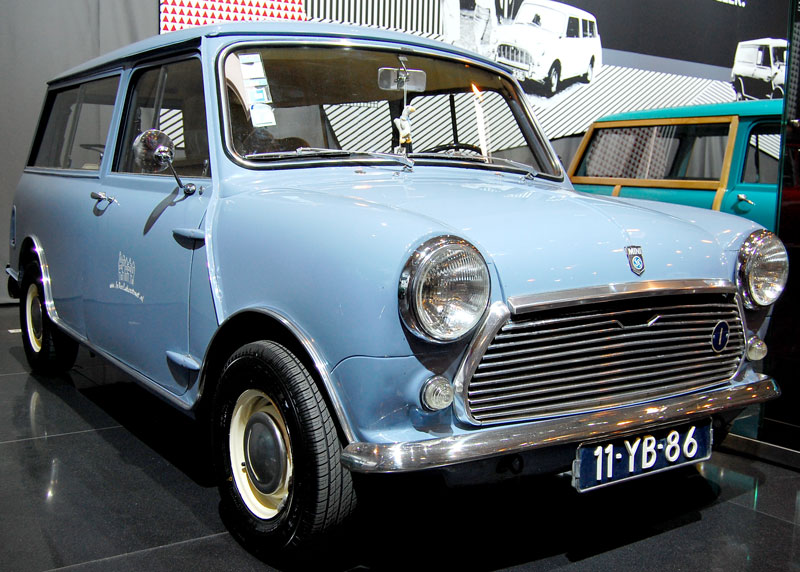 The Classic Mini is a British icon that has stood the test of time. Originally designed in the 1950s, the Mini was a revolutionary car that changed the way people thought about small cars. It was designed by Sir Alec Issigonis, who sought to create a compact and affordable car that would appeal to a wide range of buyers.
The Classic Mini is a British icon that has stood the test of time. Originally designed in the 1950s, the Mini was a revolutionary car that changed the way people thought about small cars. It was designed by Sir Alec Issigonis, who sought to create a compact and affordable car that would appeal to a wide range of buyers.The Mini was first introduced in 1959, and it quickly became a hit with buyers in the UK and around the world. The car's compact size and efficient design made it ideal for city driving, and its spacious interior and innovative features made it surprisingly practical for a small car.
One of the key features of the Classic Mini was its transverse engine layout, which allowed for a much more compact car. This allowed for more space inside the car, as well as better handling and fuel efficiency. The Mini also featured front-wheel drive and a unique
-
25 JanRead more »
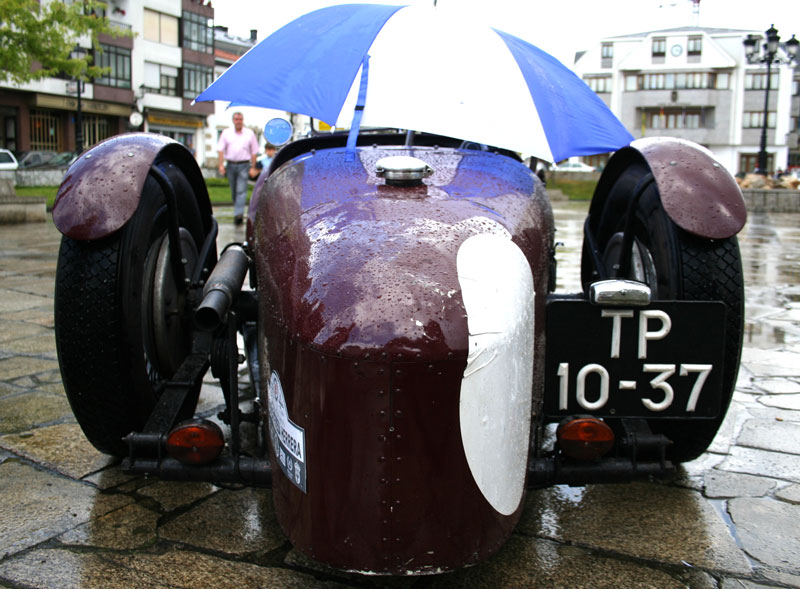 Winter is here and it's important to take the necessary steps to protect your classic car during this harsh season. One of the best ways to ensure that your vehicle stays in top condition is to store it properly during the winter months. This includes using the right products to keep your car safe and secure.
Winter is here and it's important to take the necessary steps to protect your classic car during this harsh season. One of the best ways to ensure that your vehicle stays in top condition is to store it properly during the winter months. This includes using the right products to keep your car safe and secure.Extreme cold temperatures can damage your classic car even if it is stored inside. Here are a few ways this can happen:
-
23 JanRead more »
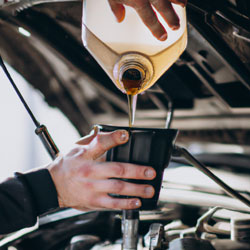
Car oil is used to lubricate the moving parts of the engine, which helps to reduce friction and wear and tear. Oil also helps to cool the engine by absorbing and carrying away heat. It also helps to clean the engine by picking up dirt and debris and carrying it away.
When the oil is pumped through the engine, it flows through a filter, which removes any impurities and debris. The clean oil then flows through various passages and galleries within the engine, lubricating the moving parts and helping to keep the engine cool.
As the oil flows through the engine, it becomes contaminated with dirt, debris, and other particles. Over time, this can cause the oil to lose its lubricating properties and become less effective at keeping the engine clean and cool. That's why it's important to change the oil on a regular basis to ensure that the engine is always lubricated with
-
20 JanRead more »
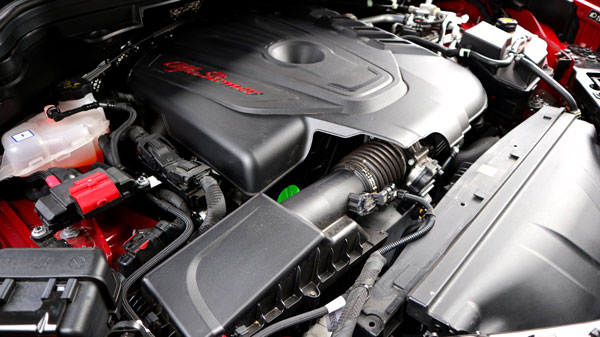
A car battery is like a big power pack that helps your car start and run. Inside the battery, there are many small plates that are made of lead. These plates hold the electricity that the car needs to run.
When you turn the key in the car, the electricity from the battery flows through wires to the engine, which makes the car start moving. The battery also provides power to lights, radio and other electronics in the car.
To make sure the battery stays charged and can start the car, the alternator, which is like a little power plant in the car, recharges the battery while the car is running. This way, the next time you want to start the car, the battery will have enough power to make it go.
-
19 JanRead more »
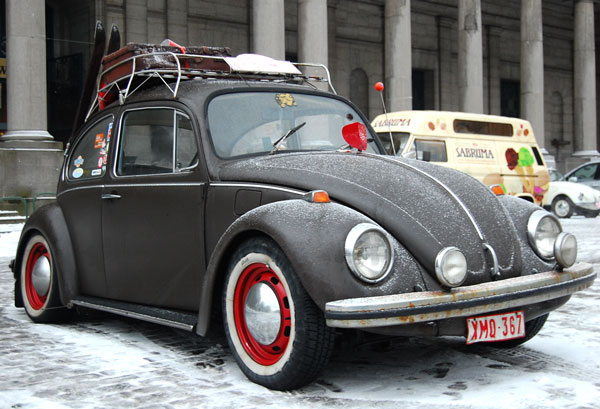 Rust is the common name for a chemical compound called iron oxide. It is formed when iron or an alloy that contains iron, such as steel, is exposed to oxygen and moisture for an extended period of time. The result is a reddish-brown, flaky substance that can weaken the metal and make it more susceptible to damage.
Rust is the common name for a chemical compound called iron oxide. It is formed when iron or an alloy that contains iron, such as steel, is exposed to oxygen and moisture for an extended period of time. The result is a reddish-brown, flaky substance that can weaken the metal and make it more susceptible to damage.In the case of metal surfaces, rust forms when the metal is exposed to oxygen and moisture. The oxygen reacts with the metal to form metal oxide. In the presence of water, the metal oxide further reacts with the water to form hydrated metal oxides, commonly known as rust. The rust forms a coating on the surface of the metal and can continue to spread, penetrating deeper into the metal and weakening it over time.
Rust can occur on any metal surface, but is most common on iron and steel. It can be prevented by applying coatings such as paint, oil or wax,

